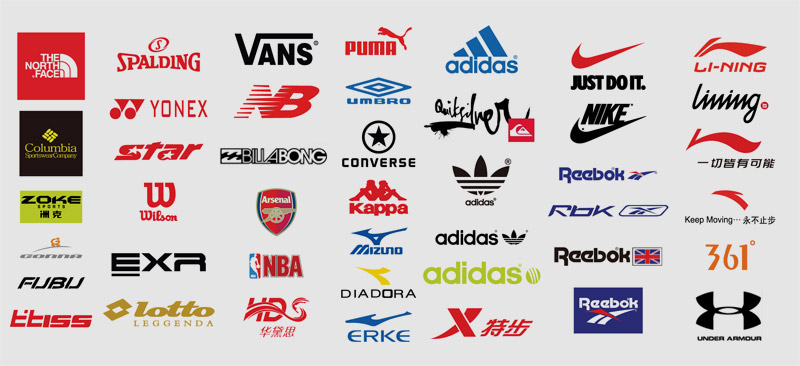The sports retail market in 2019 will be an interesting one and potentially rocky as macro issues will likely weigh heavily on the industry. The US government shutdown cost the U.S. economy an estimated $11 billion, according to the Congressional Budget Office, and it will delay tax refunds and EITC checks, which will have a negative impact on sales that won’t be regained. The trade war between US and China with looming tariffs, if implemented, are likely to dampen sales further and last year’s tax cut “bump” cannot be repeated in the US, adding in the uncertainty of Brexit in Europe along with two major Asia markets going through elections this year being India and Indonesia will all have an impact.
Taking that all into consideration, the industry expectation is we will see a low single digit increase in the athletic footwear market in 2019, retail generally is forecasted for 3% growth internationally – substantially lower than the mid-single digit growth in 2018. The heavily promotional environment driven by the brands is unlikely to abate. We currently have no hot item to drive sales and, in fact, many previous ones are now in decline. Without a hot new look to drive interest, we cannot expect robust results.
Looking at some of the major brands, i anticipate that Adidas will continue to take share in the first half of 2019 on account of the Yeezy expansion, but keeping this momentum through the end of year will likely be challenging. I expect we’ll see a sales increase for the Nike brand, though soft Brand Jordan and Converse results may impact Nike, Inc.’s overall results. I expect the bulk of Nike’s growth in 2019 will come from their direct-to-consumer efforts, but as they further develop this channel they should also not lose sight of their wholesale partners. Given the shrinking of the performance footwear category, Under Armour will need to pursue opportunities beyond core performance to generate growth for the brand.
With small continuing to be the new big, I anticipate smaller (and non-traditional) brands will outperform the overall market.
From a sales channel perspective, online will continue to grow faster than physical stores, which will force further rationalisation of brick-and-mortar outlets. However many US and European retail brands continue to expand into Asia like JD Sports and Footlocker as well as AW Lab and other.
In activewear, we can also expect a low single-digit sales increase for 2019. Pressure from verticals and non-core brands will likely increase. As in footwear, small brands will outperform the market. In addition, I expect that private label and e-commerce will be the primary growth drivers for activewear sales.
In these challenging times, what can retailers and brands do to stand out?
- Consumers have told us that they are willing to spend more money on products that are made sustainably. There is a significant growth opportunity here, as brands and retailers can do a better job of educating consumers and calling out sustainable characteristics in their products, example is the adidas Ultra Boost x Parley made out of recycled ocean plastic.
- Loyalty programs are providing great leverage for brands and retailers. Rewarding your best customers remains a powerful tool.
- Personalization of the shopping experience is key, but a lot of what is being passed off as “customer experience” is just gimmicks and parlor tricks. Brands and retailers must make their customers feel more important.
- It’s quality over quantity; not everyone will survive in this environment. Brands and retailers must pick the winning products and elevate those that they think will thrive. Others should not necessarily be cut off, but marginalized.
- Social responsibility is a message that resonates with the consumer. Purpose driven brands and retailers will outperform those that do not express their positions on social issues.
- Brands and retailers must create a blended experience where the physical and digital worlds are completely intertwined. Shopping must be a totally seamless experience.
- Develop a deeper understanding of your customer and communicate with them on every platform. Anticipate trends and respond quickly and aggressively.
All in all, 2019 will be a challenging year for the sports industry, but those that seize these opportunities can thrive.
